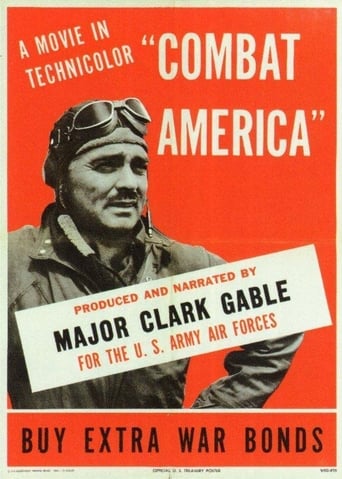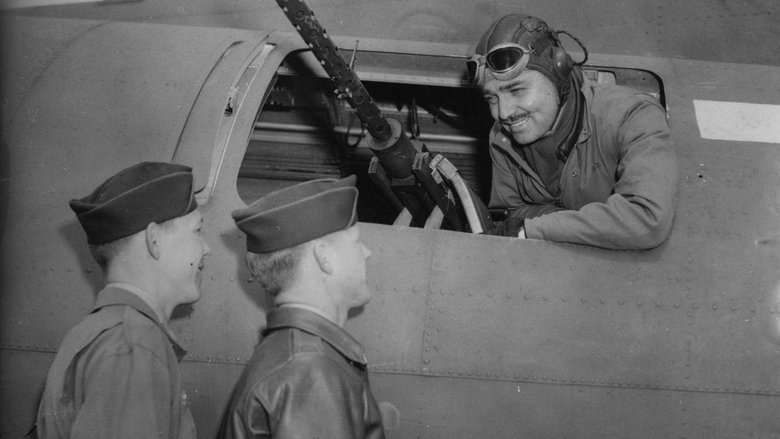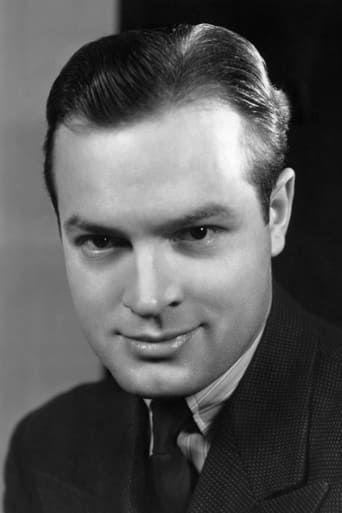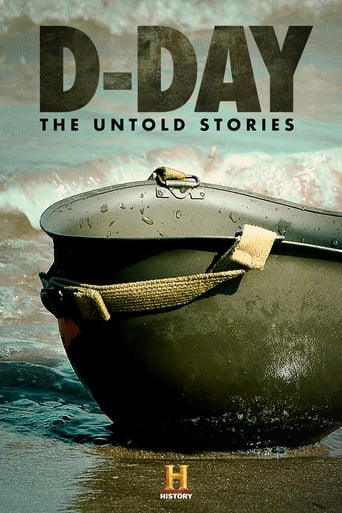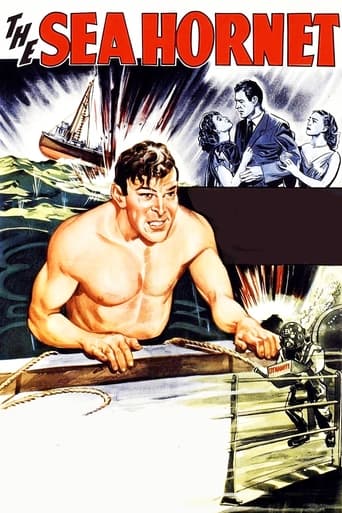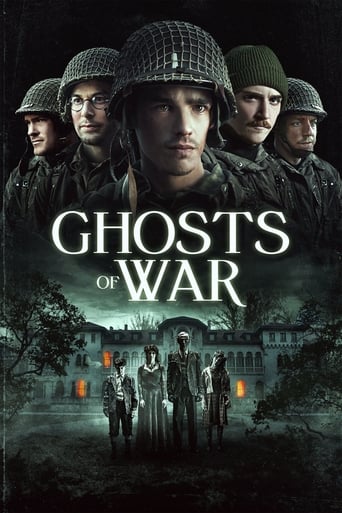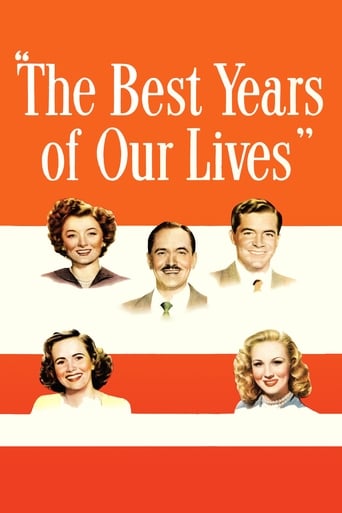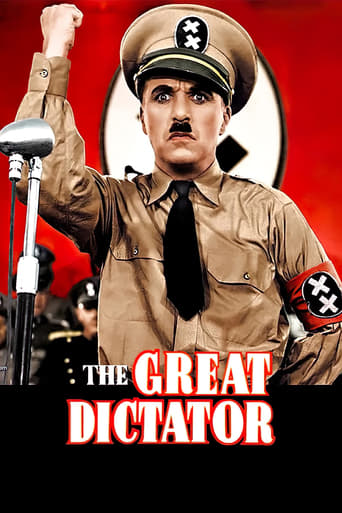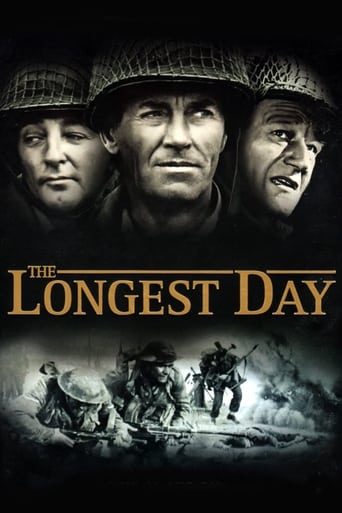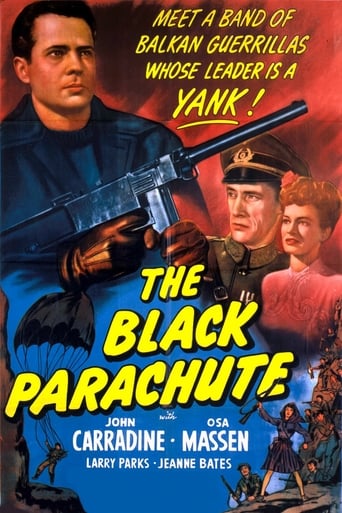Combat America (1943)
Produced in 1943 under the guidance of Army Air Force Lieutenant Clark Gable, this film follows a single 8th Air Force B-17 crew from training through a series of missions over Europe.
Watch Trailer
Cast


Similar titles
Reviews
Simply A Masterpiece
Don't listen to the Hype. It's awful
When a movie has you begging for it to end not even half way through it's pure crap. We've all seen this movie and this characters millions of times, nothing new in it. Don't waste your time.
It’s fine. It's literally the definition of a fine movie. You’ve seen it before, you know every beat and outcome before the characters even do. Only question is how much escapism you’re looking for.
"Combat America" is one of two documentary films that Clark Gable made while serving in the U.S. Army Air Forces during World War II. The opening scene shows his orders. "First Lieutenant Clark Gable is hereby directed to proceed to England as outlined verbally to him for the purpose of making a combat film dealing primarily with the combat phase of aerial gunnery." The orders were signed by H.H. "Hap" Arnold, who was commanding general of the Army Air Forces which would become the U.S. Air Force after World War II.This film was to be used for recruiting and training flight crews during the war, especially gunners. It's an excellent film that follows the 351st Bombardment Group. First, as it trains in the States, then as it relocates from the States to England. It shows the unit replacing a British unit at an airfield, and then resuming training before the group sees its first combat. It has some excellent combat footage filmed during bombing runs by the group. This is probably the very best live action filming that shows bomber gunners defending their aircraft against German fighter attacks. It shows a number of B-17s going down after being hit. And, it shows gunners scoring German fighter planes.Gable narrates the film with an excellent screenplay. When General Arnold visits the unit in England, Gable has already been promoted to captain. He flew five combat missions while in Europe – most likely those in which the filming was shot for this documentary.The 351st Group in England became part of the U.S. 8th Air Force. It had 40 B-17s in four squadrons. The 10-man crews included five gunnery positions. Besides the 400 men to outfit the aircraft, the group had 3,600 men on the ground that kept the aircraft serviced and flying. After the air crews flew to England, their ground crews arrived two weeks later by train. They crossed the pond on troop ships.This is an interesting film and look at the nuts and bolts and training that went into building the American air support for the war in Europe. It has some excellent combat scenes. And, it shows the part some of our silver screen stars and Hollywood filmmakers played in the war. Most of the film and technical crew also came from Hollywood. They were men who enlisted during the war. But unlike the movies, these scenes and sets were the real thing. This should make a nice addition to any serious war film collection.
*Spoiler/plot- 1943, A documentary that discusses and shows the many US Army Air Corps bomber command and government war actions during the WW2 European theater.*Special Stars- Narrated by 1st Lt Clark Gable *Theme- The US Air Corps will win against any obstacle.*Trivia/location/goofs- American documentary, completely live action footage of bomber operations in Britian. 1st Lt Clark Gable flew 5 missions in bombers (lost two crew members killed) over occupied Europe.*Emotion- This is really an impressive war documentary made up of completely live action footage. These are real soldiers and this is a real invasion. A film drawing many conclusions to embolden the US public into providing a better war effort. Once you've seen this you can understand what all those war films have been trying to achieve. Fun too watch and see the public opinion of the time.
Andy Rooney met Clark Gable in England while Gable was in the Eighth Air Force. Rooney described him as smiling, friendly, and impeccably dressed in tailored officer's pinks. He looked as if he'd just stepped out of a poster. And why not? Gable didn't have to serve but enlisted anyway. He flew only five missions but on one of them, two of his crew were killed. And who would the public rather look at -- a cinematic icon in a tailored uniform or some grease monkey in olive drab? The moguls in Hollywood were wringing their hands over the prospect of their Number One screen idol being shot down and Gable was finally discharged in 1944.He narrates this documentary of the group he served with, the 351st bomb group, consisting of a few dozen B-17s, and he appears on screen once in a while, bantering with the gunners and so forth. Gable was part of a six-man motion picture unit. The writer was John Lee Mahin, a veteran of the old school and a man with an all-encompassing sense of humor. Everyone should read his satire of James Joyce's "Ulysses," focusing on movie production. (Last sentence: "Yes, yes. But on a higher plane." Something like that.It's not possible to watch this film without comparing it to William Wyler's similar "Memphis Belle," and the latter is far less hokey. Mahin seems to have been writing less to inform the public about the operations of the 8th Air Force and more to reassure the good folk back in Martinsville, Indiana, that we were dishing out more than we were taking, and that our boys were going to church regularly and visiting museums in England. "Men, that church is more than 900 years old," says Gable's voice, and we see the men remove their caps as they stare at it.The combat footage is reserved for the climactic last ten minutes and it's exciting, if a bit more confused that that of "Memphis Belle." Of course any film about warfare -- and about strategic bombing in particular -- raises questions no one really wants to face. Questions such as: Exactly who is under those bombs? The post-war Strategic Bombing Survey asked questions like that and the results were far from comforting. As a means of settling differences, people killing other people is a disadvantage from the point of view of the species, that is Homo sapiens.
Combat America (1944) ** (out of 4) Clark Gable narrates this documentary that focuses on the men fighting in the war. Outside the stock footage there really isn't anything too interesting here. War Comes to America (1945) *** (out of 4) Highly entertaining documentary from Frank Capra, which was part of seven docs he did for WW2. This one here tracks the final events, which led America to join the war. With all the stock footage from back in the day, this here really is a must see. It's also interesting to see poll numbers throughout the late 30s to the early 40s on how Americans felt about entering a war.

